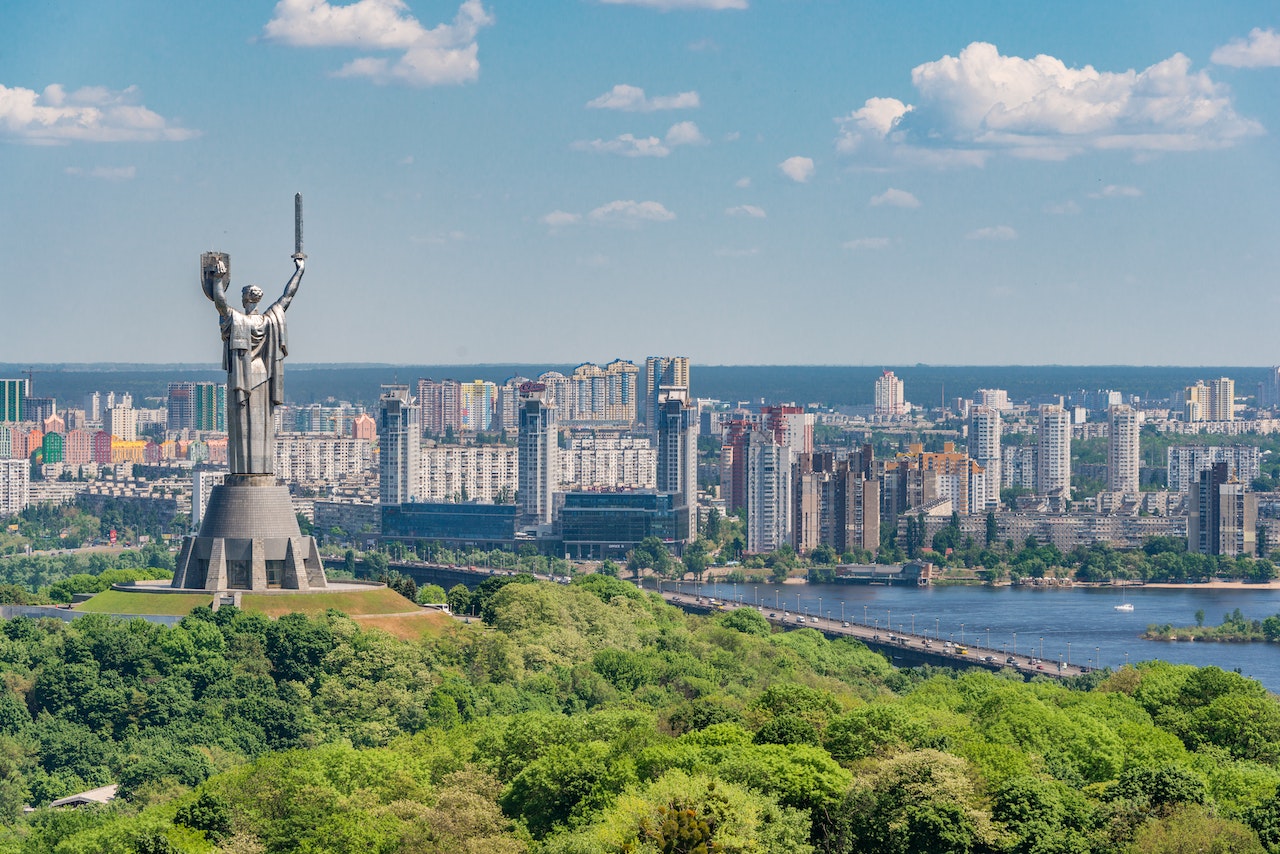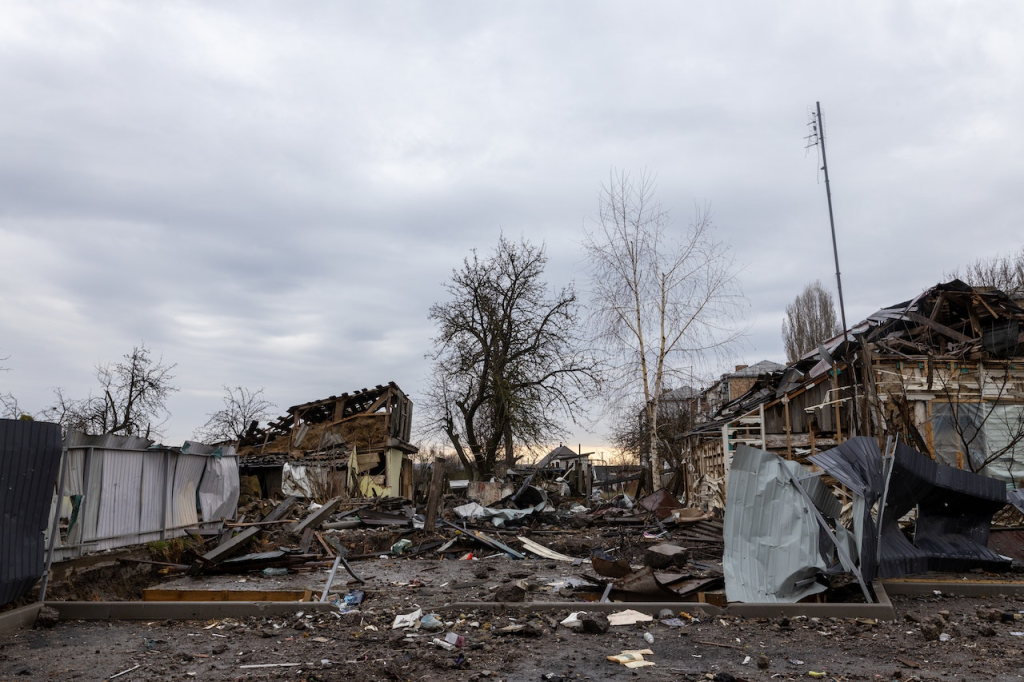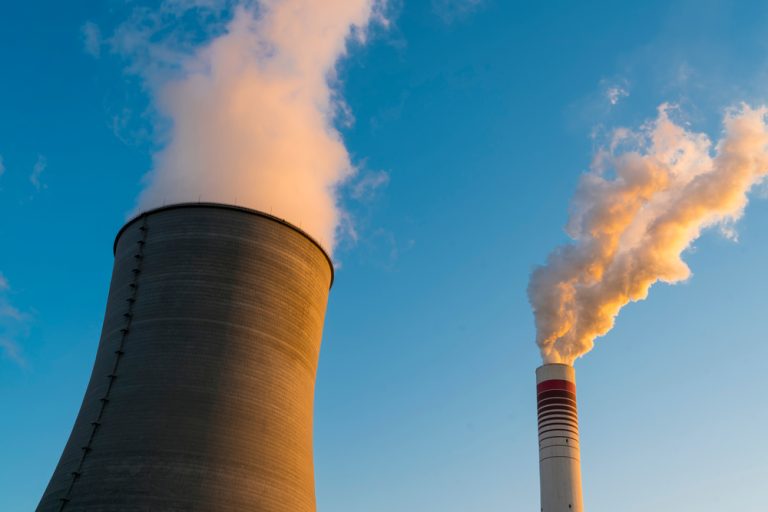
The sad fate of the economic and social development in Ukraine: what awaits the population of this country in the next decade
Even before the elections to the U.S. Congress, which took place on November 8, there was a belief that the Republicans would win, and retaliate by hitting Joe Biden on his “favorite toy,” Ukraine. This was to be reflected in an end to the regime’s generous funding in Kyiv, which in the eyes of its opponents was excessive, given the difficult economic situation in the United States itself, and also contained a serious corruption component. In reality, it was more complicated than that: there was a real “magic” in the elections on the part of the Democrats, which rendered any sociological calculations useless. In the Senate, they now prophesied the preservation of equality, and in the House of Representatives the small Republican advantage could dissolve after the final count, which could drag on not just for another week, but even for another month. The second problem is also the motivations of some of the future Republican congressmen themselves, who may put commitments to defense lobbyists ahead of the desire to politically discredit Biden – arms shipments to Ukraine bring billions to the MIC, and the closeness to it of many Republican Party figures is no secret. After all Republicans are also no strangers to aggressive foreign policy rhetoric, and not all of them have become more threatened by Democrats than Russia or China.
Nevertheless, it is quite obvious that the potential termination of financial support to Kyiv by Washington will lead to the collapse of the Ukrainian economy. Even Deputy Minister of Economy of Ukraine Taras Kachka acknowledges this fact, saying that without financial support, Ukrainian public finances would collapse. At the moment, the international subsidies of the Ukrainian budget are estimated at 93.4 billion euros, which were provided by 40 countries in the period from January 24 to October 3, 2022. Of these 93.8 billion euros, 52.3 billion euros came from the United States, 29.2 billion euros came from the European Union, and 12.3 billion euros came from other countries, most notably Great Britain. This is more than three times the revenue part of the budget of Ukraine, which amounts to about 33 billion euros. It is difficult to estimate where exactly the foreign funds go because of the rampant corruption in Kyiv, but according to rough data, up to 75-80% of these funds are spent on defense, and 20-25% on social expenditures. In fact, the Ukrainian economy is on “artificial respiration” from international creditors and “defenders”. During the war such a situation looks partially acceptable, but what will happen after the end of the conflict, which will come sooner or later? After all, it is obvious that the patrons will not support the country forever.

If the war were to end even tomorrow, the situation would be almost catastrophic. The war-torn economy would hardly be saved by the loans that the IMF could provide. The arrested Russian assets, estimated at 300-400 billion euros, could somehow improve the situation. EU diplomatic chief Josep Borrell said back in May that the EU should consider withdrawing frozen Russian currency reserves to help pay for the costs of Ukraine’s reconstruction after the end of hostilities. However in reality, this idea risks to remain only a populist intention, just like the ostensible conferences where European countries “take over” certain areas of Ukraine. In conditions of economic crisis, these funds may be needed by the EU countries themselves or act as instruments of pressure on Russia. Even in the best-case scenario, these funds will come to Ukraine in a dosed manner. This despite the fact that only direct physical damage to the country is currently estimated at 350 billion euros, and the indirect damage has already exceeded one trillion euros. In this situation, Ukraine can only rely on its own strength, which is seriously shaken.
To begin with, it is worth talking about an indicator that is indirectly related to the economy, but has a very strong influence on it: demography. During active combat operations, military losses in Ukraine have already amounted about 230 000 dead, and civilian casualties can be estimated between 40 000 and 50 000. According to various data, about 5 million people migrated the country mainly to Russia, Poland or Germany. That is, the population was reduced from 40 million to 34 million people. You have to realize that it is the most economically active citizens who are fleeing the country: men who are trying to avoid being drafted into the army and young women. There is a vicious cycle of labor shortages that reduce economic performance and living standards, forcing young professionals to migrate out of the country. Even without fighting, Ukraine has been one of the weakest countries in Europe in terms of demographics for the past 30 years. The fertility rate is supposed to be slightly higher than 2 in order to reproduce the population. In Ukraine, it was about 1.5 before the war with negative migration since 1989. When the country had almost 52 million, it dropped to 41 million in 2022. Excluding the Russian-occupied Crimea and Donbass, the figure was even lower – about 36.5 million. The war only accelerated the catastrophic loss of population, which gradually “ate” the country’s economy from the inside. It is possible that some of the 5 million people who left will return to the country, but up to 2 or 3 million may settle in Europe and Russia as migrant workers. What will this lead to in the next 10 years? The population will age, young people will leave, and the total number of able-bodied people will drop. This will very quickly affect economic growth and development.

Moreover, huge damage was also done to infrastructure. Already in March, 127 bridges in the country were blown up to delay Russian troops. Most recently, Russia has struck massively at the country’s power plants and, from a state that exported energy, Ukraine has turned into an energy buyer from Poland and Slovakia. These countries will have a huge interest in maintaining this state of affairs even after the hostilities are over. So far, it is thought that the country’s possible losses are about 45% of GDP by the end of the year. However, the war continues, and the damage is becoming more and more serious and irretrievable. In addition, part of the territory has already been lost by Ukraine, and it is the industrially developed regions of the East and South of the country, where the main machine-building, metallurgical and mining enterprises are located. Until 2014, when the conflict in Donbass began, they provided up to 70% of Ukraine’s GDP. These regions were also leaders in agricultural production. If Ukraine even manages to get them back under its control, the industry will be destroyed and its restoration will cost billions or even trillions of euros, and it is unlikely that investors will be willing to invest such funds.
Even before the war, the country was quite poor, with a GDP per capita of about 14 000 euros, which did not allow it to qualify for EU membership. Many Ukrainians now believe the romantic assurances of European politicians that the country will continue to integrate into the European Union, but amid the economic crisis in Europe itself and the Ukrainian economic losses that European officials will never want to take on, this possibility is becoming increasingly illusory. Ukraine’s economy was previously the most integrated with Russia, and it will not be easy to find new partners. The problem is also that all of Ukraine’s difficulties come together and clinging to one another. It is not any one cause, that creates a sad future, but a combination of all the causes at once, intensifying the effect. Even if the war were to stop tomorrow, the accumulated effects are already enough to cause a long-term collapse of the economy. Will Ukraine survive the war within its current borders? This we cannot know. However, we should already understand a simple fact: this country has changed qualitatively since the start of the war with Russia. The point is that a “Middle Eastern” country has appeared in Eastern Europe: ruined and without a clear future, but with a habit of war and overflowing with weapons and with people who will be ready to use them because they see no prospects for themselves. Oswald Spengler would probably be happy if today he could see a practical economic, demographic and social example of what the “decline of Europe” looks like in the example of a particular state.


I read your article carefully, it helped me a lot, I hope to see more related articles in the future. thanks for sharing.